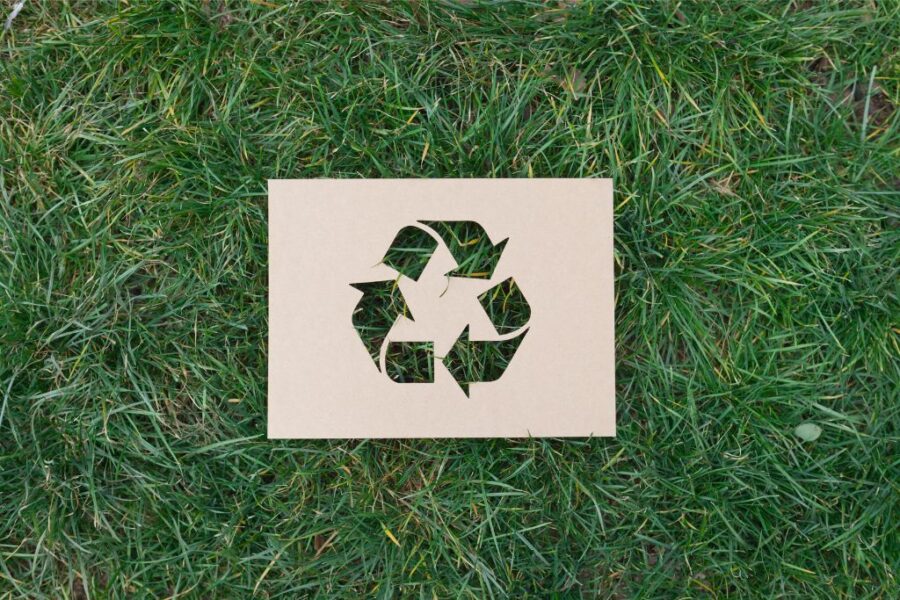
Climate change is the most pressing issue in today’s world. As scientists urge governments and individuals to take drastic action to tackle the climate crisis, many companies want to show that they are playing their part, too. However, not every business is as green as it claims. What is greenwashing and how do we find out which companies are hiding dirty secrets from consumers?
—
Greenwashing is when companies try to look more environmentally friendly than they really are. In other words, they pretend to conduct their business with sustainability in mind when, in reality, their actions harm our planet. In order to appear “green”, they may make dishonest or misleading claims about their products that trick customers into supporting them, thinking that by doing so, they are also contributing to protecting our planet.
Greenwashing is far more common than we think. From food brands like Nestle to car companies like Volkswagen, many businesses have been called out for greenwashing. It is important that we be on the lookout for these dishonest practices so that we can hold companies accountable.
Unfortunately, greenwashing can be tricky to spot. That being said, there are a few common tricks that companies use, and that we can look out for:
Fortunately, some governments and environmental groups are working to protect the public. Some have taken legal action against companies that greenwash, such as Coca-Cola, H&M, and McDonald’s. Some government bodies, such as the European Union, are planning to set stricter laws to regulate environmental pledges. This makes it harder for companies to make false claims.
As consumers, we have the power to stop greenwashing, too.
First and foremost, we can start by avoiding buying products from companies we cannot trust and can choose to support more ethical businesses instead. To do so, we can look for credible labels or certifications on their products or websites. These certifications tell us about the products and practices of a specific company. For example, you may have heard of the Fairtrade label before, which guarantees us consumers that workers received fair payment while making the product. Another example is the Forest Stewardship Council label, which tells us that the product is made from sustainable wood sources.
When in doubt, we can also go online to find out more background information about the company selling the product.
You might also like: 6 Interesting Facts About Fast Fashion for Kids